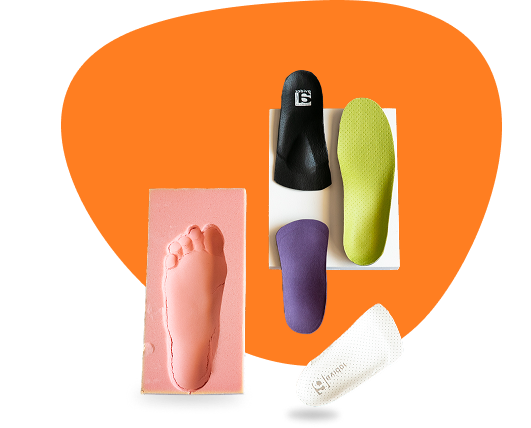
SPINFEET – Specialized Sport Insoles for Cycling and Spinning
SPINFEET insoles are specially designed sport insoles developed by the Avidor network, created specifically for cycling and spinning workouts. These insoles are manufactured in a size that allows easy insertion into cycling shoes and are tailored to support the pedaling motion, which is characterized by constant, prolonged pressure on the foot — often causing a tingling sensation in the feet.
Many cyclists experience this tingling even after properly adjusting their bike settings (seat height, handlebar distance, cleat positioning, etc.). So how can this issue be resolved and the discomfort eliminated? By reducing the pressure on the nerve channels in the foot — a function performed by SPINFEET insoles, which include a supportive pad under the ball of the foot, designed specifically for this purpose.
SPINFEET insoles are made from a combination of materials, including graphite, resulting in a structure that balances a certain degree of stiffness with flexibility. This property, combined with the anatomically shaped design customized to the client’s foot, helps correct foot alignment while still allowing natural movement. The insole also aids in correcting pronation or supination — inward or outward rolling of the foot.
Cyclists and spinning enthusiasts using SPINFEET insoles will notice a significant improvement in their athletic performance and overall comfort during and after training. This is due to the reduction of numbness, as well as relief from back and joint pain, making it easier to pedal continuously for longer durations and at higher intensities.
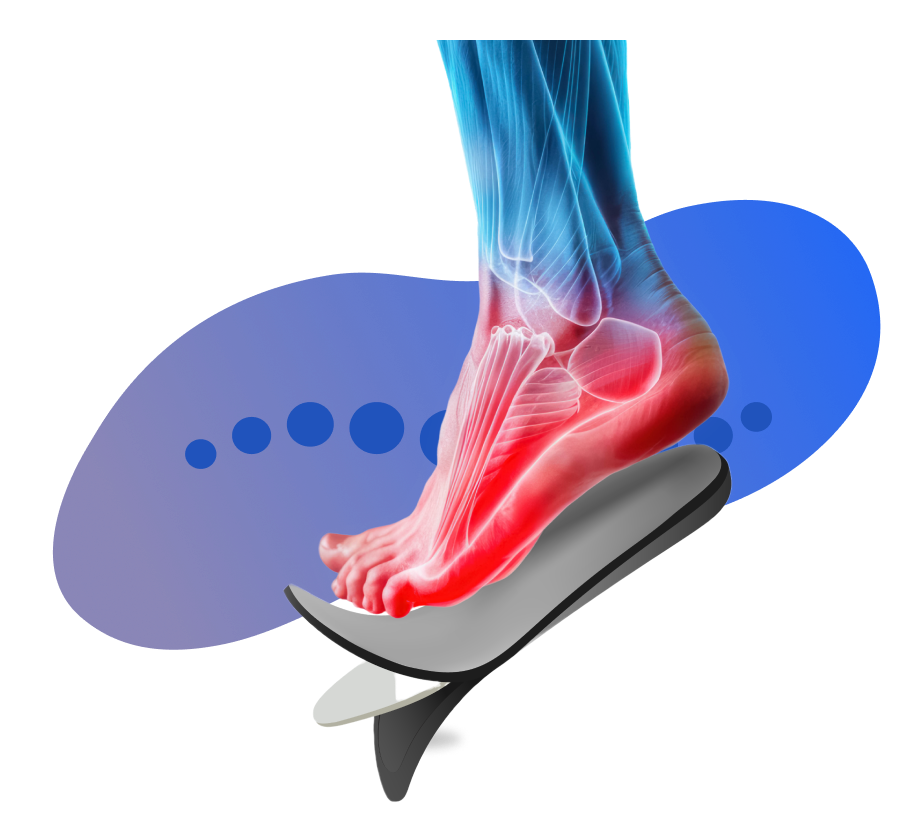
Tennis Insoles
Tennis-specific sport insoles are required to provide maximum support for the feet, as they are subjected to intense pressure during gameplay. In a tennis match, players move rapidly across hard surfaces, making quick, sudden movements and sharp directional changes that break the natural flow of motion. For this reason, any tennis player aiming for optimal performance must equip themselves not only with excellent physical fitness and the right gear but also with insoles that offer complete protection for their feet and body against strain and injury.
Functional insoles specifically designed for tennis players — like those developed by Avidor — adjust the foot’s position within the shoe to reduce stress on the toe area, the ball of the foot, and the heel. This adjustment helps prevent wear in these areas, which often leads to pain and the development of hard, irritated skin. Another important feature of tennis insoles is their ability to strike the right balance: rigid enough to shield the foot from the impact of the court, yet flexible enough to allow full freedom of movement.
Overall, tennis insoles contribute not only to the player’s health and injury prevention, but also to their performance on the court. They enhance alertness, improve coordination, and, as a result, shorten reaction time to opponents’ moves. Today, some of Israel’s top tennis players already benefit from Avidor’s tennis insoles — including Yoni Erlich, Dudi Sela, Liat Zimmerman, and many more.
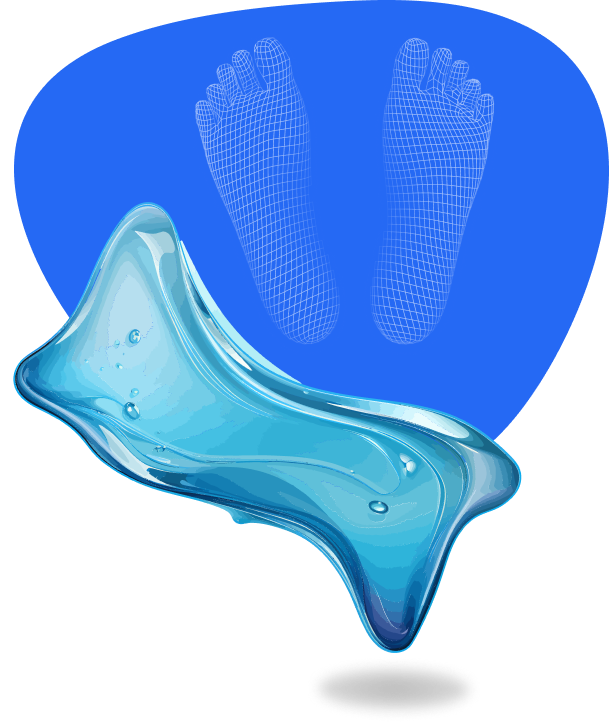
Specialized Sport Insoles for Court Sports
These sport insoles are designed for both professional and amateur athletes participating in court-based sports such as basketball, volleyball, and handball. These types of games are characterized by frequent jumping, sudden stops, and sharp turns — movements that place constant stress and pressure on the feet.
When this pressure is applied over extended periods, it creates increasing strain on the forefoot. This can lead to wear and tear that often manifests as hardened skin and calluses, especially on the ball of the foot. To address this, these specialized court sport insoles are engineered to provide cushioning and support for the entire foot — with particular attention to the ball of the foot — without causing discomfort during play.
The insoles feature a slight reinforcement beneath the toe area and special padding under the metatarsal heads (the balls of the feet), offering longitudinal arch support and optimal shock absorption where it’s needed most.
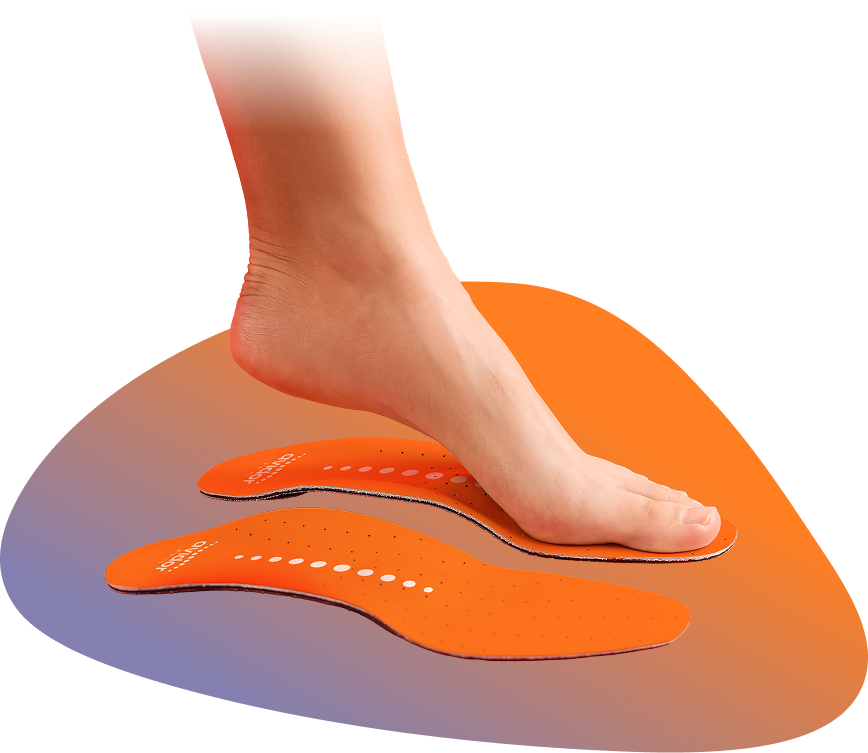
Specialized Sport Insoles for Soccer
The physical activity typical of soccer involves rapid shifts in the body’s center of gravity, creating a need for maximum stability and precise control of movement. This requirement was one of the key guiding principles behind the design of Avidor’s specialized soccer insoles.
These sport insoles are made from lightweight, flexible materials that help distribute pressure evenly and relieve stress from the areas subjected to the highest impact during a soccer match. Additionally, the insoles are narrower than standard insoles, making them suitable for insertion into slim-fitting soccer cleats.
Together, these features — along with the insoles’ shock-absorbing capabilities and their custom-fit manufacturing — help reduce the risk of foot injuries caused by overexertion during play.
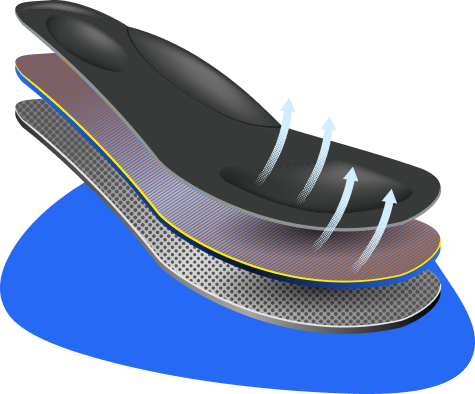
Specialized Sport Insoles for Aerobic Training
Fitness centers offer a wide range of aerobic classes, but they all share the same core principle: whether it’s step aerobics, dance aerobics, aerobox, or any other form of aerobic workout, the goal is to improve physical fitness and coordination through full-body movement.
These workouts involve repetitive, cyclical motions that place continuous strain and pressure on the entire foot — particularly the rearfoot. To reduce this pressure, the foot must be cushioned with a soft, flexible insole that provides support while still allowing freedom of movement. This is exactly how Avidor’s specialized aerobic insoles were designed.
Avidor’s aerobic insoles allow mobility while offering moderate firmness in the forefoot area to provide targeted support. Additionally, they are engineered to offer longitudinal support along the arch of the foot and are made from breathable, sweat-absorbing material — similar to Avidor’s other sport insoles — ensuring maximum comfort during training.
Avidor also offers a wide range of orthopedic shoes, including specialized orthopedic footwear designed specifically for athletes.
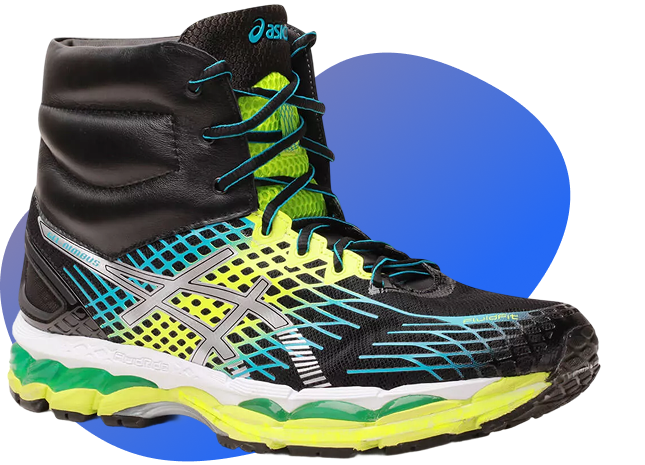
Who Needs Custom Insoles?
If you identify with one or more of the following groups — there’s a good chance that custom insoles can improve your quality of life:
Quick, effective treatment by a certified physiotherapist
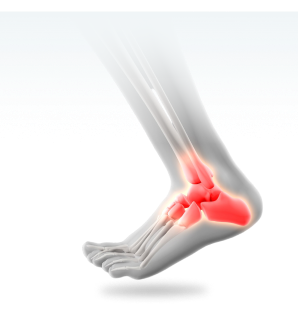
People with different foot anatomies
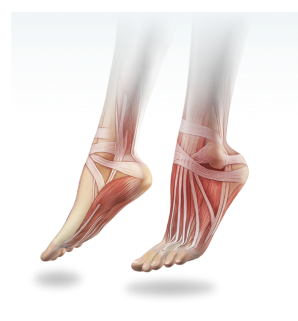
People with minor foot structure variations
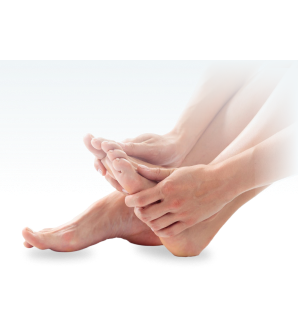
People who feel fatigue and/or discomfort in the soles of their feet
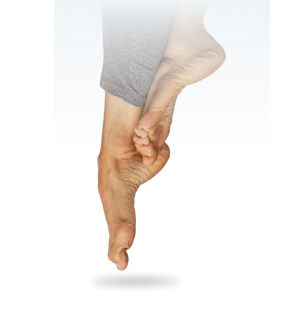
Important to Note!
Even people who don’t currently suffer from pain or discomfort may still benefit from custom insoles — especially if they spend most of their day walking or standing.
Even without pain, your feet may benefit from better support and alignment.
Custom insoles can improve posture and reduce fatigue — even without noticeable pain.
Insoles help with balance and shock absorption, preventing strain and future injury.
Good insoles support your joints, spine, and posture — even if you feel fine today.
How Are Custom Insoles Made?
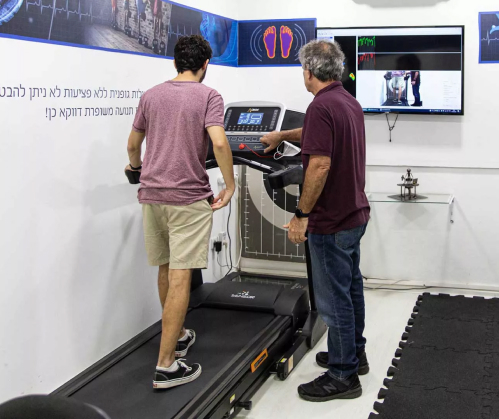
Walking and running on a unique treadmill equipped with sensors that measure pressure distribution across all foot zones — both in motion and while standing.
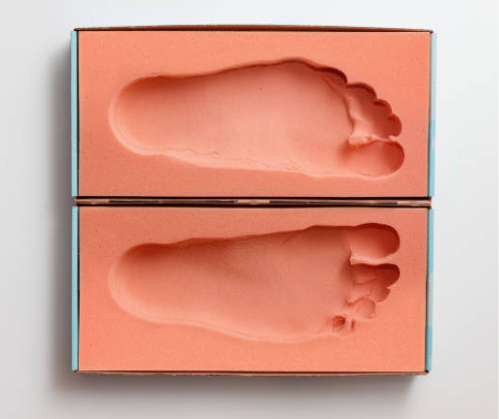
An impression of the foot is taken using a special polymer base.
The insole is then manufactured precisely according to the imprint and refined by the lab for maximum accuracy and effectiveness.
Why Is Customization So Important When It Comes to Insoles?
The process of designing truly custom insoles is complex and requires professional expertise. After collecting detailed data — focusing on gait, pressure distribution, foot shape, and more — a podiatrist or orthopedic expert builds an accurate plan for your insole. This plan considers far more than just the foot’s appearance; it factors in your walking pattern, lifestyle, type of footwear, and the specific issues you’re experiencing.
The insoles are then manufactured in a precise, personalized process. Later, the patient returns for a follow-up to ensure the insoles are effective and beneficial. This extra check helps verify that the comfort, support, and pressure distribution are working as intended.
At our insole lab, we use advanced polymer molds to capture the exact contours and shape of your feet — including arch height, pronation, foot length, and forefoot width. With this data, we craft insoles tailored precisely to your needs. The result? Personal insoles that relieve pain and discomfort caused by a wide range of issues — orthopedic, structural, or neurological.
In Summary
Custom insoles are a proven therapeutic tool that can significantly improve your quality of life. Whether you’re dealing with chronic pain, performance issues, or simply want to move more comfortably, investing in truly personalized insoles is a smart long-term decision. If you’re considering buying insoles, we strongly recommend consulting with a specialist who can help determine the exact solution that fits your body and lifestyle.
Testimonials
Professional and caring service. Custom insoles tailored with exceptional precision – they significantly improved my posture and comfort. Highly recommended!
Excellent service and attention to detail. The custom insoles were perfectly suited to my needs – my posture improved dramatically. Highly recommended!